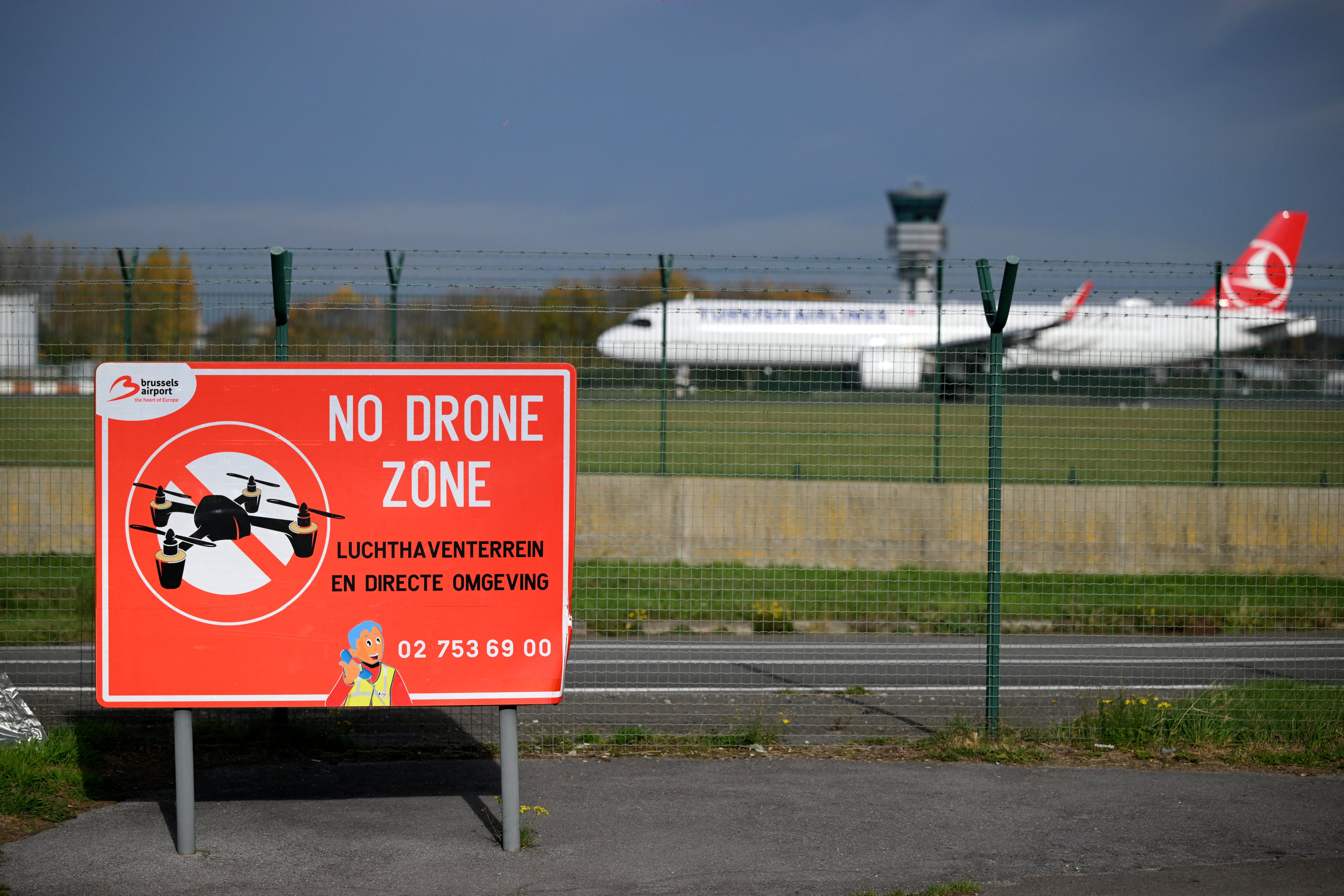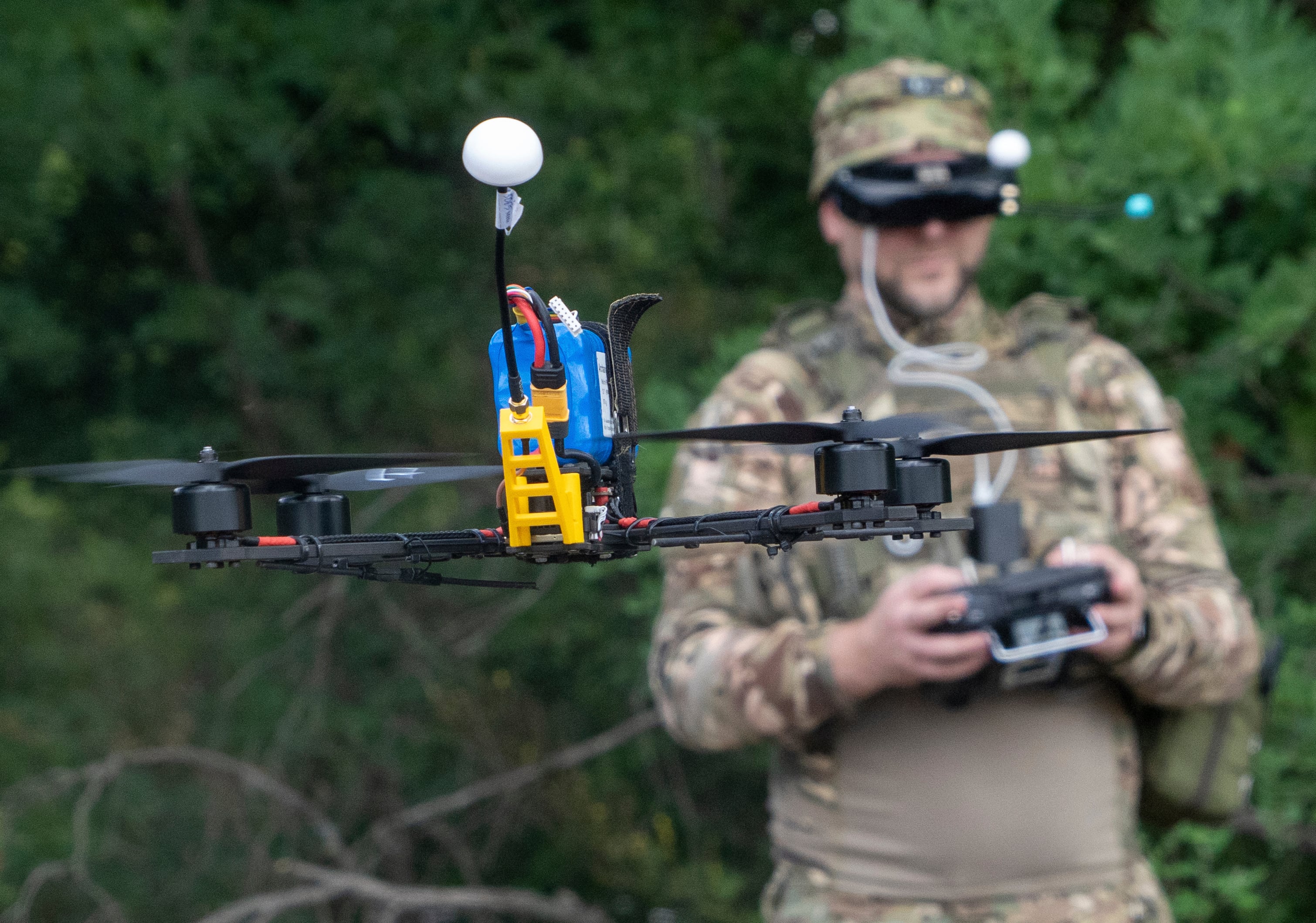The Defense Department is preparing to launch a bring-your-own-device pilot program at the Pentagon this summer, the latest step in military efforts to employ mobility across defense agencies.
The pilot will involve users within the DoD headquarters staff and will help evaluate the security concerns of using personal devices at work, DoD CIO Terry Halvorsen said in a March 18 call with reporters.
Don't miss DoD CIO Terry Halvorsen and other top defense leaders at the 14th annual C4ISR & Networks Conference April 7. Click here to learn more and register.
"I think one of the things that would be helpful is [understanding] where bring-your-own-device is working and where it's not. Lots of big enterprises are rescinding their BYOD [policies] – I'm not saying that's the right answer everywhere," Halvorsen said. "What I suspect what will happen with DoD, because of our size and all the businesses we're in, is there will be some places where BYOD is going to work and there's going to be places where it's not. I think it's going to be like cloud and everything else; with DoD's size and scale, there are not going to be easy clean answers."
The BYOD pilot is the latest program test-driving mobility in the military, joining efforts that are underway involving the use of classified and unclassified devices. Those programs are now expanding beyond pilot phases, Halvorsen said.
"I will tell you it's going very well. We've got some new classified devices coming out and I'm happy with where they're at. I'm a little anxious about how many we can field in what timeline, and we're having good discussions with [the Defensed Information Systems Agency] about that," said Halvorsen, who declined to give specific data on the classified program. "On unclassified side…we've got dual-persona phones. I have phones now where I can do both my official business and use the phone to get my personal email and use some apps [like] Pandora on that phone. It just makes an integrated work-life balance for people."
Roughly 1,500 of the dual-persona devices have been distributed and officials continue to field more – and they can't move fast enough, Halvorsen said.
"The biggest problem I have is getting the numbers up," with highest-demand users, including senior officials, getting the phones first, he said. "We're looking at who are the high-demand users from a mission perspective at all levels; who should be getting those phones?"








